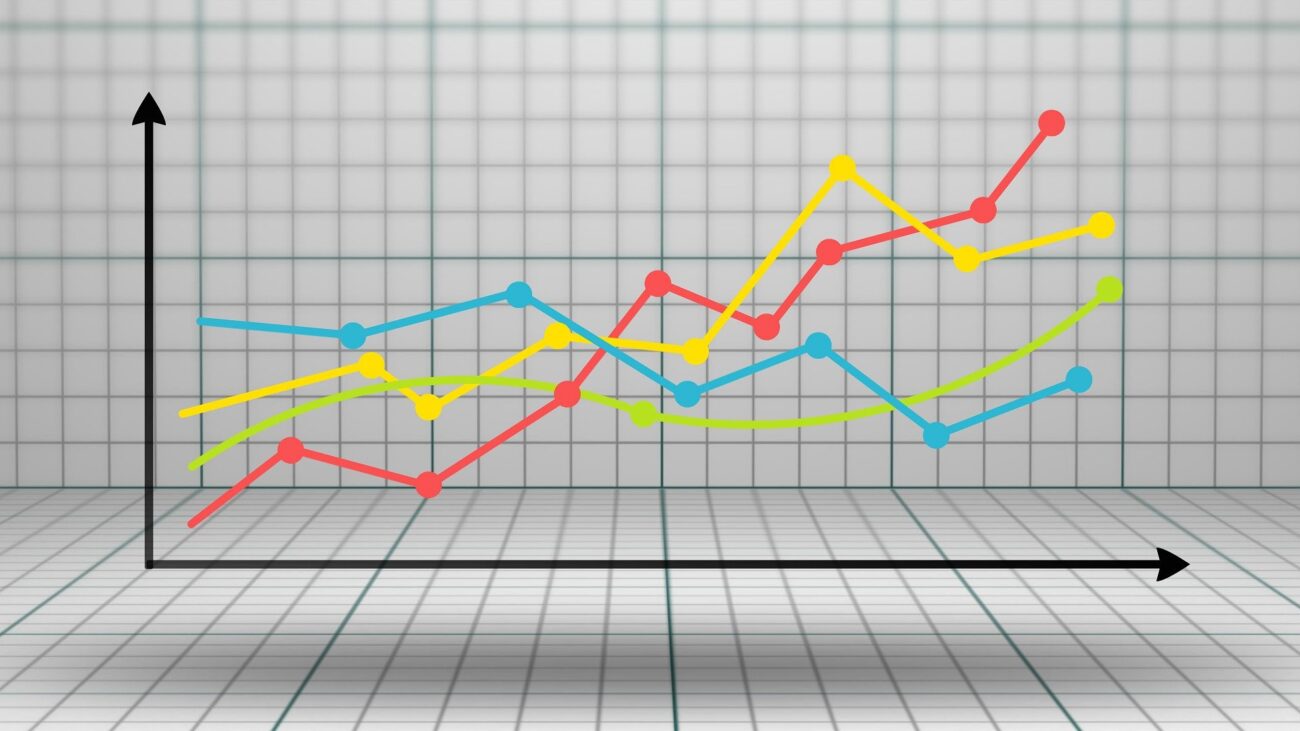
Blog
GHG Reporting and Disclosure: What Standards Do You Need to Know?

Welcome to Part 1 of our new blog series: “Let’s Get to Know the GHG Protocol – One Step at a Time!”
In this series, we’ll break down the complex world of greenhouse gas (GHG) emissions and the GHG Protocol into easy-to-understand, practical insights tailored for sustainability professionals. Whether you’re building your first GHG inventory or refining your disclosure strategy, this series is designed to support your journey.
In Part 1, we’re focusing on one of the biggest challenges today’s sustainability teams face: GHG reporting and disclosure. With so many frameworks—CDP, TCFD, SBTi, CSRD, ISSB—it can be hard to know where to start. This article will help you understand how they connect, which ones matter most, and how to prioritize them effectively.
Let’s get started.
The GHG Protocol as the Foundation
The Greenhouse Gas Protocol (GHG Protocol) is the foundational standard used across almost all major reporting and disclosure frameworks. Developed by the World Resources Institute (WRI) and the World Business Council for Sustainable Development (WBCSD), it provides consistent methods for calculating emissions in three scopes:
- Scope 1: Direct emissions from owned or controlled sources
- Scope 2: Indirect emissions from purchased electricity, heating, and cooling
- Scope 3: Other indirect emissions from the value chain
All major disclosure systems use the GHG Protocol’s accounting framework as a baseline for measuring and reporting emissions data.

How GHG Protocol Connects to CDP, TCFD, SBTi, CSRD, and ISSB
Here’s how the most widely used frameworks relate to the GHG Protocol:
- CDP (Carbon Disclosure Project):
CDP’s climate questionnaire directly follows the GHG Protocol, requiring companies to disclose emissions by scope and describe their calculation methods. CDP scores also reflect the comprehensiveness and accuracy of GHG disclosures. - TCFD (Task Force on Climate-related Financial Disclosures):
TCFD focuses on the financial risks and opportunities of climate change. It asks companies to disclose emissions (using the GHG Protocol) as part of their risk assessment and strategic planning. - SBTi (Science Based Targets initiative):
SBTi requires companies to measure emissions using GHG Protocol standards and then set reduction targets in line with the Paris Agreement. Scope 3 reporting is mandatory if it makes up more than 40% of total emissions. - CSRD (Corporate Sustainability Reporting Directive – EU):
Under CSRD, large companies operating in or doing business in the EU must disclose GHG emissions following European Sustainability Reporting Standards (ESRS), which are aligned with the GHG Protocol and TCFD principles. - ISSB (International Sustainability Standards Board / IFRS S2):
ISSB’s IFRS S2 climate disclosure standard builds upon TCFD and also uses GHG Protocol methodologies for emissions measurement. It’s becoming the global baseline for climate-related disclosures.
In short, mastering the GHG Protocol gives your organization a strong foundation to comply with all major reporting frameworks.
Common Reporting Templates and Formats
Although each framework has its own structure, there are some common formats companies use to report GHG emissions:
- GHG Inventory Table: Lists emissions by scope, year, and business unit
- Emissions Intensity Metrics: Such as CO₂e per unit of revenue or production
- Reduction Target Tables: Show past and projected reductions vs. baseline
- Methodology Disclosures: Detailing data sources, boundaries, and emission factors used
Many organizations now publish standalone climate reports, TCFD-aligned disclosures in annual reports, or submit data through CDP’s online portal.

The Role of GHG Data in ESG Ratings
ESG rating agencies like MSCI, Sustainalytics, S&P Global, and Moody’s ESG Solutions increasingly use GHG data to evaluate corporate performance. Key GHG-related factors include:
- Completeness of emissions reporting (Scopes 1–3)
- Emission reduction targets and progress
- Third-party assurance of emissions data
- Disclosure transparency
Higher-quality GHG disclosures can lead to better ESG scores, which influence investor decisions, access to capital, and brand reputation.
Prioritizing Which Standards to Address First
For companies just beginning their GHG reporting journey, it’s not practical to tackle everything at once. Here’s a suggested priority order:
- Start with the GHG Protocol
Build an internal GHG inventory based on Scope 1 and 2 emissions. Then assess Scope 3 relevance. - Align with CDP or TCFD
These are the most commonly used voluntary frameworks and can improve investor communication. - Evaluate SBTi participation
If you plan to make public climate commitments, SBTi provides a credible path. - Prepare for regulatory disclosure (CSRD/ISSB)
Monitor developments in your operating regions to prepare for mandatory reporting.
The Importance of Third-Party Assurance
As climate data becomes more material to financial reporting, external assurance is becoming a best practice. Verification by an independent party:
- Increases stakeholder trust
- Reduces risk of misstatements
- Improves scores in CDP and ESG ratings
- May be required under regulations like CSRD
When selecting an assurance provider, consider their experience with GHG data, sector expertise, and whether they follow ISAE 3410 or similar assurance standards.

Final Thoughts
Navigating the world of GHG reporting and disclosure can be complex, but it’s a critical step for any organization serious about sustainability. By starting with the GHG Protocol and strategically aligning with major frameworks like CDP, TCFD, and SBTi, companies can ensure their climate disclosures are credible, comparable, and aligned with stakeholder expectations.
Preparing now will also help your organization stay ahead of emerging regulations like CSRD and IFRS S2. With robust data, clear reporting structures, and credible assurance, your GHG disclosures can become a source of strategic advantage—not just a compliance exercise.
